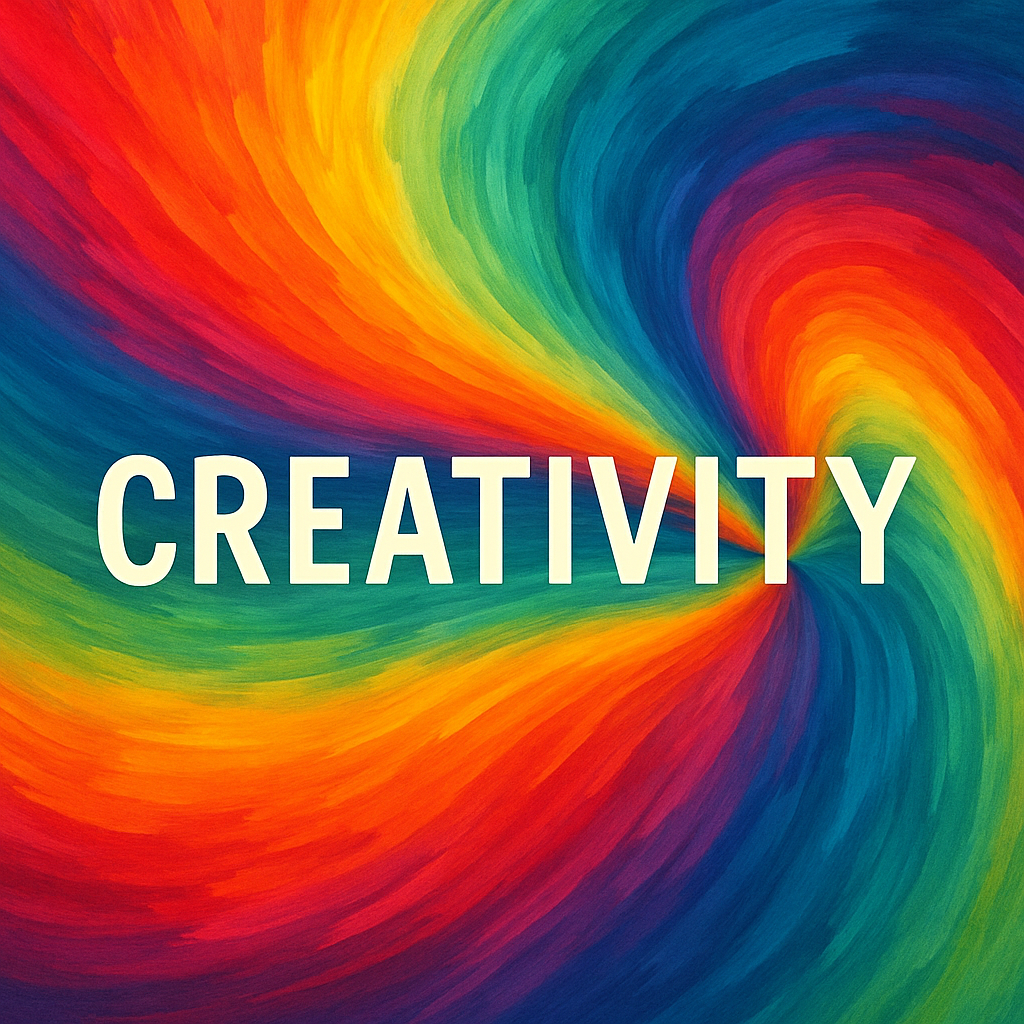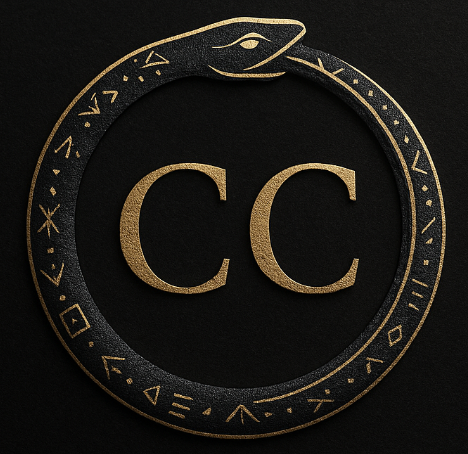If you’ve ever watched a group of Odyssey of the Mind kids get stuck on a line, freeze up during Spontaneous, or awkwardly deliver a brilliant idea like it’s a grocery list, you know the challenge. Creativity is abundant—but tapping into it quickly and expressively is the real trick. That’s where improv comes in.
Improv isn’t just a fun warm-up. It’s a mental gymnasium that builds confidence, flexibility, presence, and emotional intelligence. But most importantly for OM, it helps unlock a brainwave state that’s perfect for both Long-Term performance and Spontaneous problem-solving.
Why Improv Works: From Brainwaves to Breakthroughs
When kids are immersed in playful, low-stakes improvisation, their minds shift from beta (the thinking, judging brain) to theta, a dreamy, intuitive brainwave state. This is the same state often accessed in deep meditation, daydreaming, or the flow of creative writing and play. In theta, new ideas form freely, self-censorship drops, and lateral thinking—the kind Spontaneous thrives on—goes through the roof.
For Long-Term, this brain state enhances delivery, timing, and confidence, helping students stay loose and connected on stage, ready to adapt if something goes wrong. For Spontaneous, it creates rapid ideation, team cohesion, and out-of-the-box brilliance.
The Benefits of Improv for OM
- Improved Expression: Kids learn to project, emote, and communicate nonverbally.
- Mental Agility: Improvising sharpens quick thinking under pressure.
- Team Synergy: Builds trust, listening, and collaborative momentum.
- Spontaneous Readiness: Trains the brain to generate ideas without overthinking.
- Stress Reduction: Turns nerves into laughter, which unlocks creativity.
Improv Warm-Ups for All Ages
These activities are ideal for students from elementary through high school, with easy tweaks for age and energy level.
1. Zip Zap Zop
- Great for: Waking up attention and energy.
- How it works: Players stand in a circle and pass the words “Zip,” “Zap,” and “Zop” in sequence. One person starts with “Zip” (pointing to someone), the next says “Zap,” and the third says “Zop,” continuing the cycle.
- Why it works: Requires focus, timing, and full-body engagement.
2. 1-Word Story
- Great for: Listening, collaboration, and creative flow.
- How it works: The team tells a story, one word at a time. Each player contributes a word in turn, forming complete (and usually hilarious) sentences.
- Why it works: Trains spontaneous idea generation and collective storytelling.
3. Emotion Freeze
- Great for: Stage presence and character development.
- How it works: Call out an emotion (e.g., “jealousy” or “triumph”), and the group freezes in a physical expression of that emotion. For older students, you can add context (“Jealousy at a science fair”).
- Why it works: Helps students explore character posture, facial expression, and intensity.
4. Yes, And…
- Great for: Creative expansion and team-building.
- How it works: One person starts a sentence (“Let’s build a rocket ship to the moon”), and the next responds with “Yes, and…” adding to the idea.
- Why it works: Encourages acceptance, imagination, and momentum without critique.
5. Props Jam
- Great for: Spontaneous object use.
- How it works: Give a random prop (a spoon, a scarf, a ruler) and have students come up with different uses or scenes involving it.
- Why it works: Mirrors Spontaneous challenges and trains divergent thinking.
Building the Theta Flow
Start or end every OM practice with a short, high-energy improv session. You’ll notice:
- Kids are faster on their feet in Spontaneous.
- Performances become more animated and cohesive.
- The team develops an intuitive sense of rhythm and timing.
Even just 10–15 minutes of improv at each meeting can dramatically raise the team’s comfort level onstage and deepen their creative confidence.
Final Thoughts
Odyssey of the Mind is about thinking in new ways and telling stories that only kids can dream up. Improv unlocks that magic. When students laugh, move, and get out of their heads, something amazing happens: the inner critic disappears, and the creative mind takes center stage.
So next time your team hits a block, don’t just brainstorm. Improvise.
Let go, play big, and say “Yes, and…”



